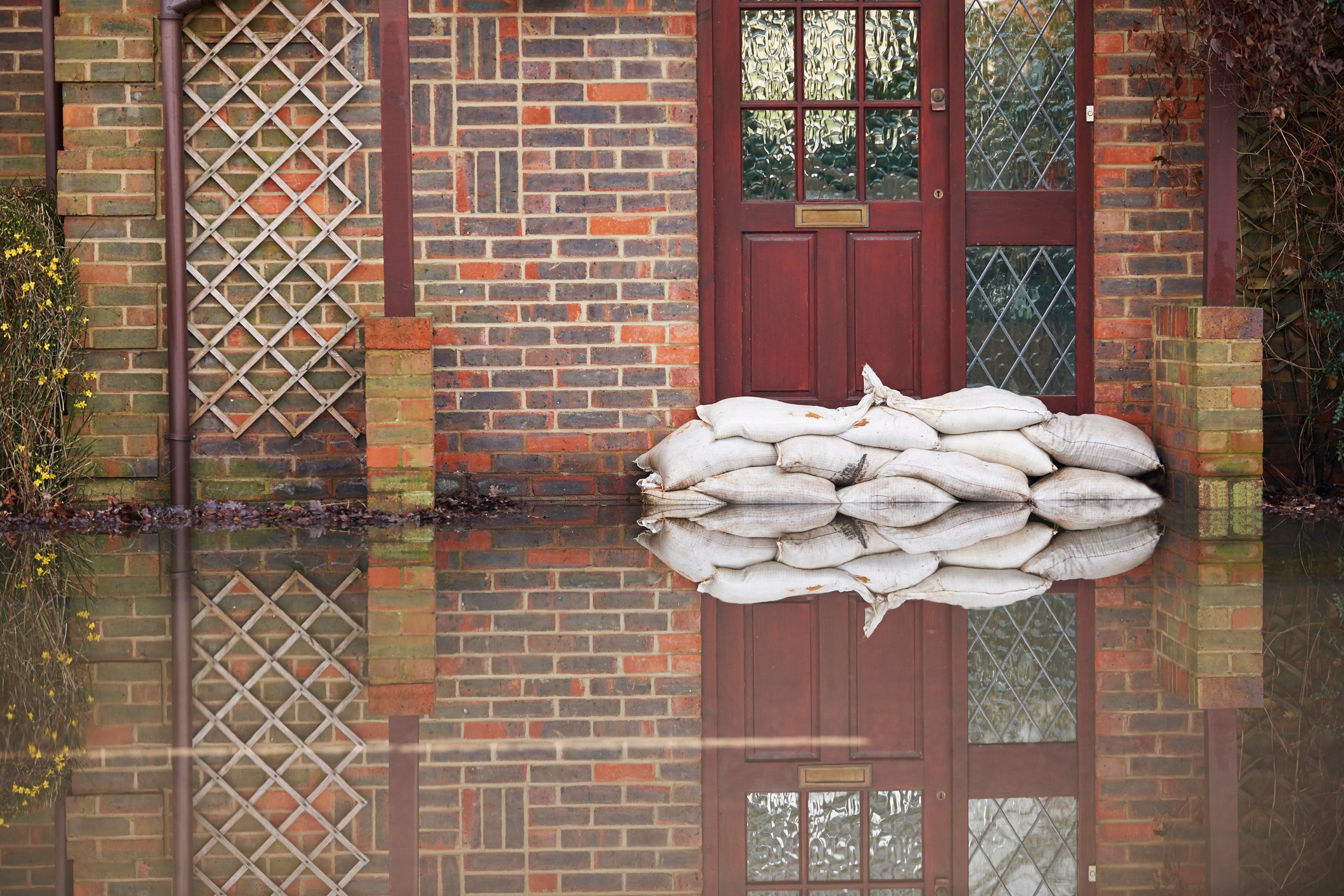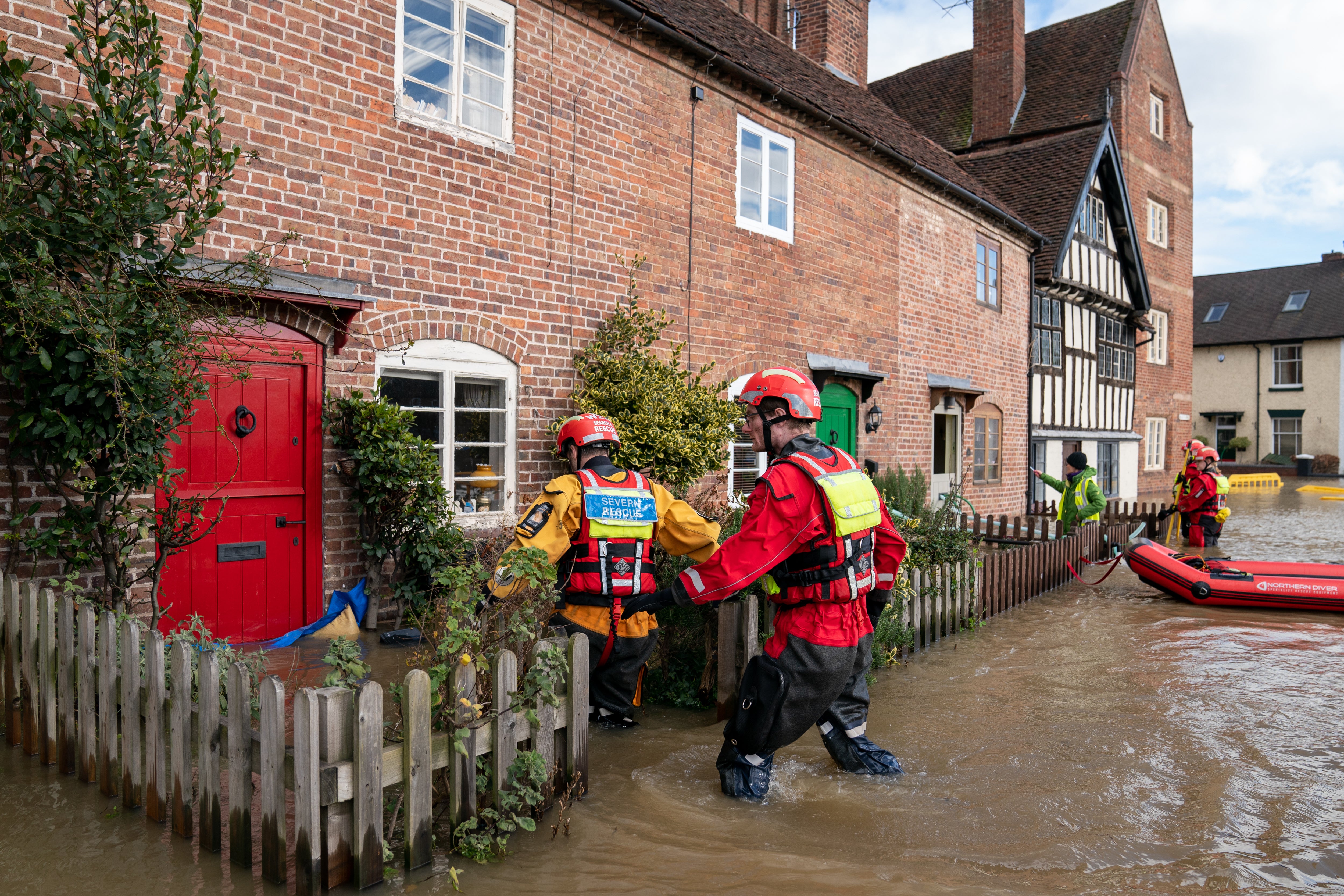How to protect your home from flooding as thunderstorms hit UK
Met Office issues ‘danger to life’ warning for most of UK on Monday

Parts of the UK are bracing themselves for floods after the Met Office issued multiple warnings as the country is set to expect thunderstorms just days after the dry heatwave of last week.
The forecaster has also issued a “danger to life” thunderstorm warning for most of the UK on Monday and Tuesday as conditions could cause flash flooding, transport disruption and power cuts.
With 33 flood warnings in place across the country, here are some tips on how to protect your home from flooding.

1. Check if you are risk of flooding
The Met Office advises checking government websites to check if your area is at risk of flooding. Through these services, you can find out the long term flood risk for your area, the possible causes of flooding, and how to manage the flood risk.
You can check the flood risk for England, Scotland, Wales and Northern Ireland.
2. Sign up for free flood warnings
You can sign up to receive free flood warnings if you live in an area at risk in England, Wales or Scotland.
3. Prepare a flood plan
Having a flood plan can help reduce the impact that flooding may have on your home.
Your local flood agency or council may have a flood plan template you can download, or you can create your own.
The Met Office advises including a list of useful contact numbers – your local council, utility providers and your insurance company – as well as instructions on how to shut off your electricity or gas supply.
Ensure you have moved your valuable possessions to a safe place, and think about who you could ask for help and if you can offer any help to vulnerable friends and neighbours.

4. Prepare a flood kit
Get all your essential items together to create an emergency flood kit.
The Met Office recommends including insurance documents , a torch and spare batteries, a first aid kit and any prescription medicines, warm waterproof clothing and blankets, bottled water and snacks, a battery-powered or wind-up radio, and any supplies for looking after a baby or a pet.
It’s important everyone knows where to find this kit and what to do if flooding happens.
5. Install flood protection equipment
You can ensure your property can withstand flooding by laying tiles instead of carpets, moving electrical sockets up the wall, and by fitting non-return valves.
If you live in a high risk area, you could also install flood protection products, such as floorboards, plastic covers to seal airbricks, and sandbags.
Join our commenting forum
Join thought-provoking conversations, follow other Independent readers and see their replies
Comments
Bookmark popover
Removed from bookmarks